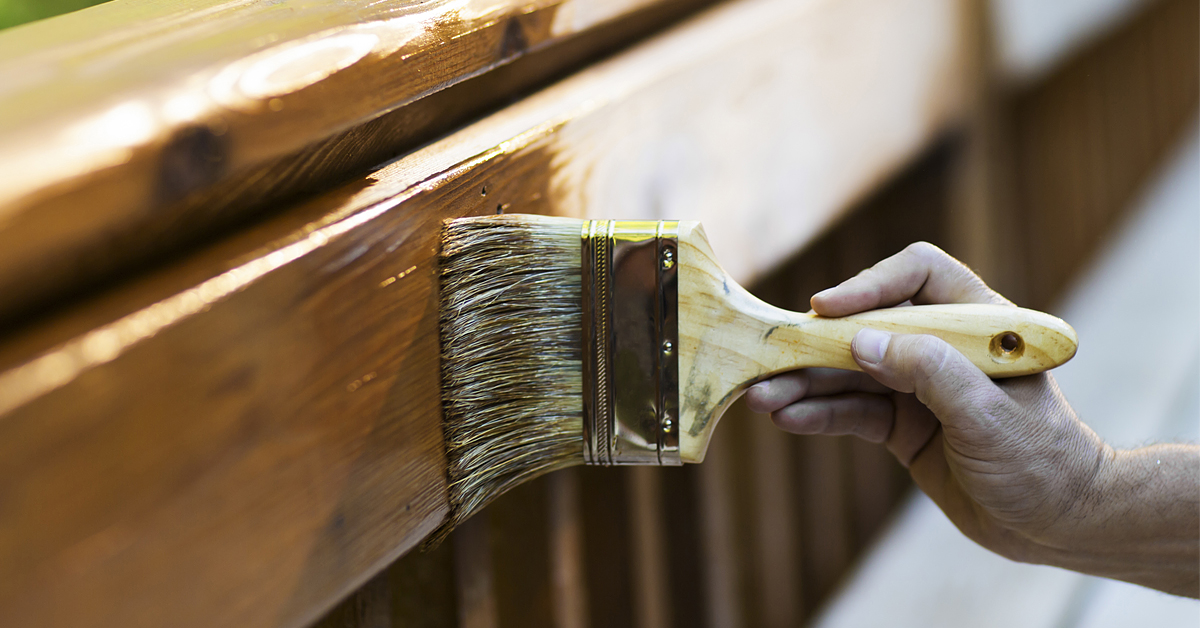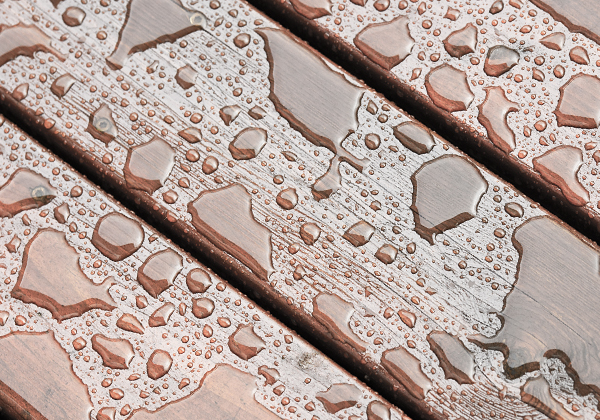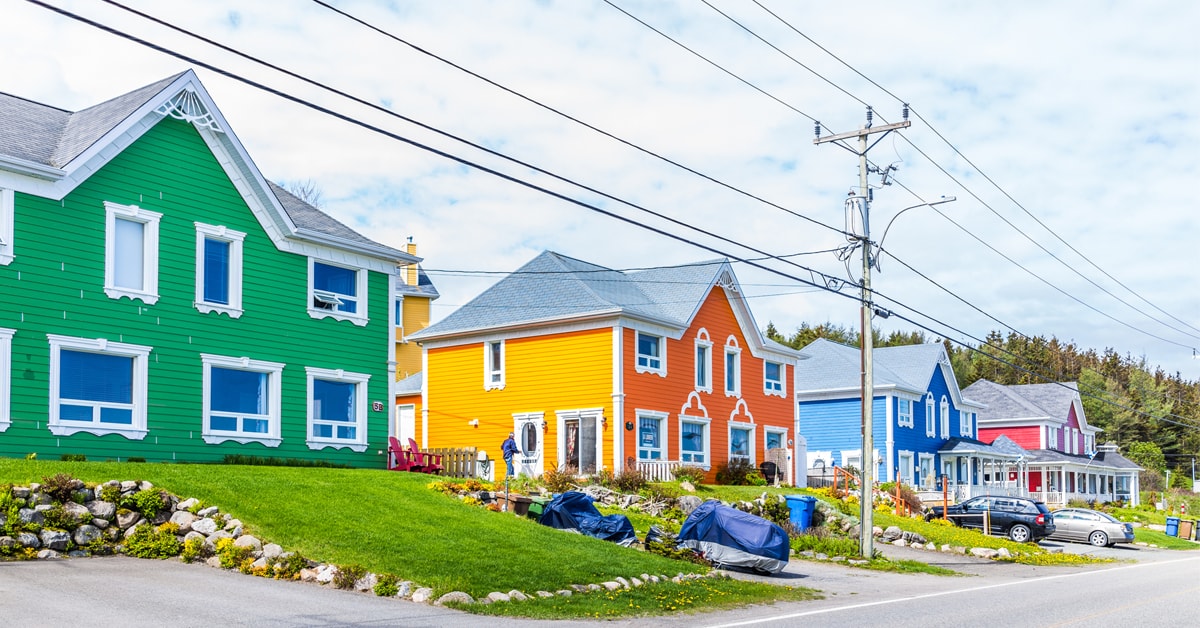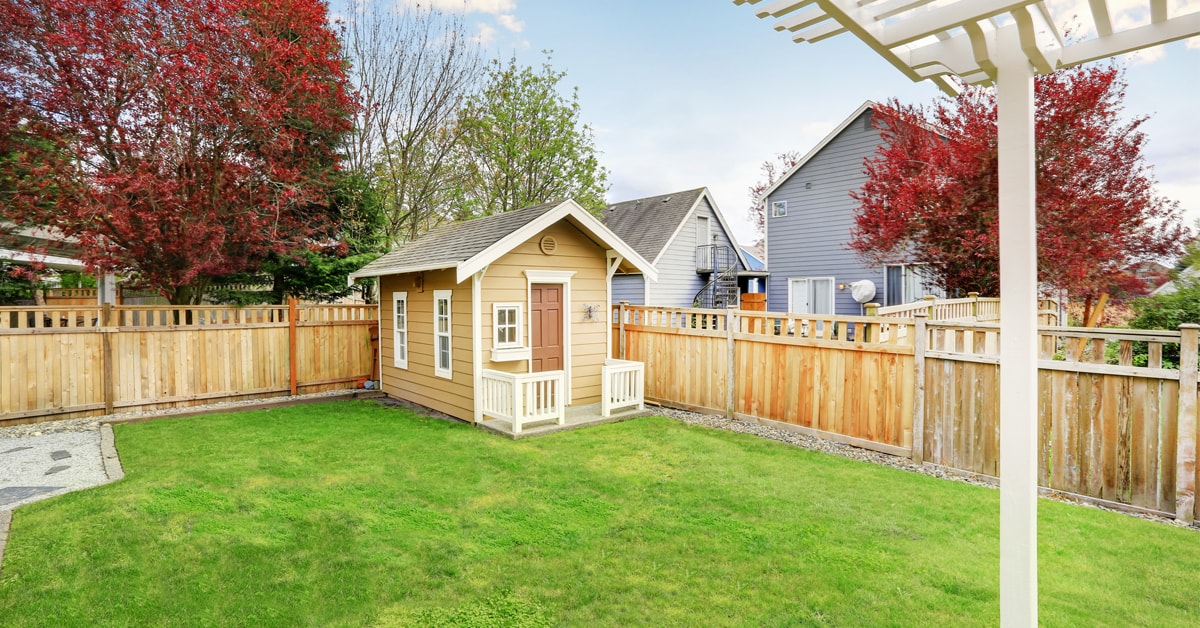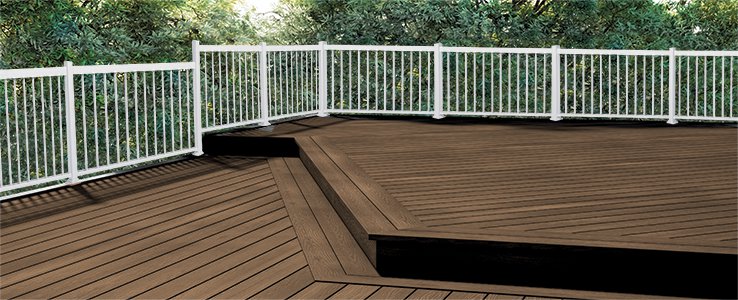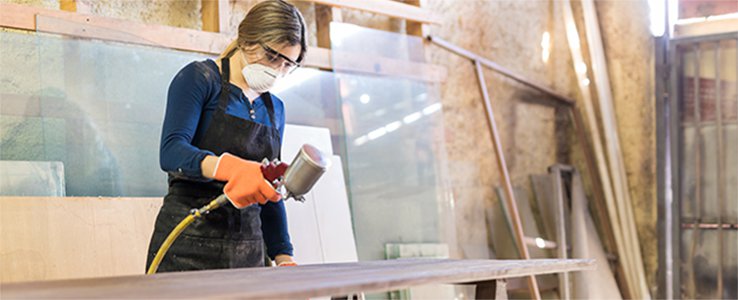Check the Wood Structure
- 1.1 - Examine the support structure (such as the pillars, rim joists, and intermediate joists) and ensure that everything is in good condition.
- 1.2 - Check for rot in wood that is in contact with the ground. Repair or replace damaged pieces where necessary.
- 1.3 - Ensure that the joists are sound.
- 1.4 - Replace any decking that is mouldy or damaged boards if necessary.
- 1.5 - Check that all railings are solid and repair if necessary.
- 1.6 - Be sure that all bolts, nails, and screws are tight. Replace loose or proud nails with screws.









